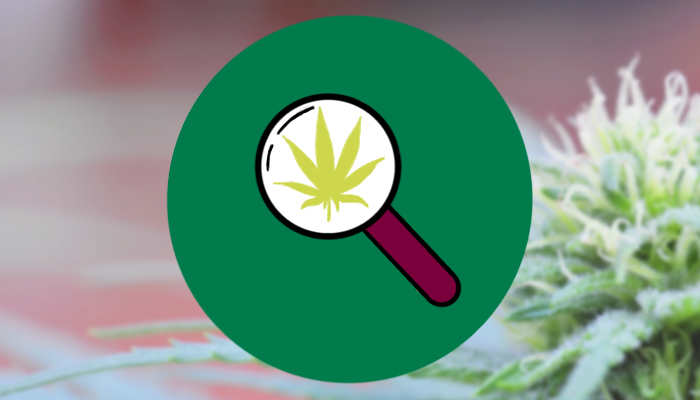How are adults using medical cannabis in the US?

Why was this study conducted? What does this study add? Is there anything else I should know? Dai H, Richter KP. A National Survey of Marijuana Use Among US Adults with Medical Conditions, 2016-2017. JAMA Network Open 2019;p2(9):e1911936
Dai H, Richter KP. A National Survey of Marijuana Use Among US Adults with Medical Conditions, 2016-2017. JAMA Network Open 2019;p2(9):e1911936
The original open access article can be found on the JAMA Newtork websites
Why was this study conducted?
Given the public’s interest in the potential medical benefits of cannabis, it is important to monitor the prevalence, mode of administration, and demographics of consumers. The current study is drawn from population survey results from 1) ten U.S. states in 2016 and 2) nine U.S. states and two territories (Guam and Puerto Rico) in 2017. The study analyzed reported use of cannabis for medical reasons and how use related to age group and number and type of medical conditions.
What does this study add?
The study reported that, when adjusted for age, sex, race/ethnicity, education, income, year and state, current and daily use of cannabis was slightly higher among those reporting medical conditions than those with none. Medical cannabis use was also higher in younger age groups; for example, 25.2% of those with medical conditions aged 18-24 reported current cannabis use vs. 2.4% of those 65 and older. For those aged 18-34 years, the odds of using cannabis increased with the number of medical conditions; for the 35-54 and 55 and over age groups, the odds increased from one to two conditions but then plateaued. The association with type of condition (e.g., stroke, heart attack, chronic obstructive pulmonary disease, or depression) with the odds of using cannabis were greatest for the youngest age group and decreased thereafter.
Is there anything else I should know?
The survey data was collected in select regions of the U.S., which differed in their cannabis legislation (e.g., in 2016, of the ten states, five did not allow any cannabis use, three allowed medicinal cannabis, and two had fully legalized cannabis). The authors controlled for state in their analyses but changing legislation and publicity about cannabis may have affected responses. There was considerable overlap in why people reported using cannabis: in 2017, for example, almost half (46%) of current users described their use as non-medical (i.e., probably recreational), over a third (35%) said it was solely medical, and a fifth (19.3%) said it was both. As the Baby Boom generation (which may be already familiar with cannabis) ages and there is an increase in the number of seniors with chronic conditions, the demographics of medical cannabis use may shift.
Archive